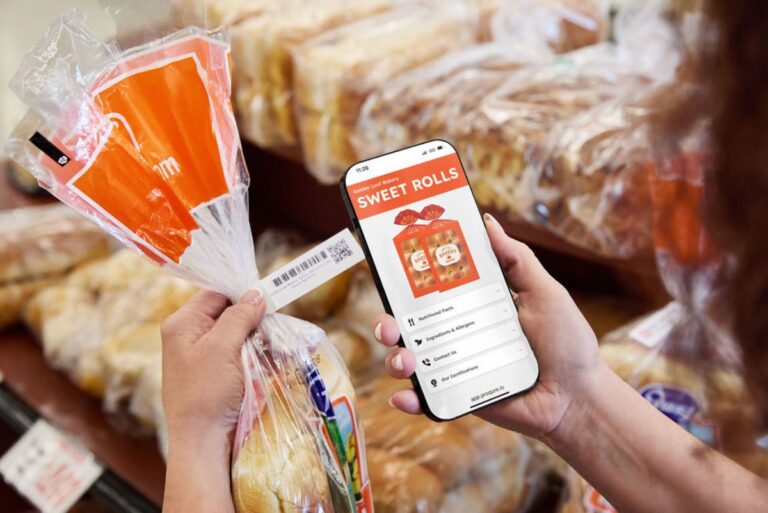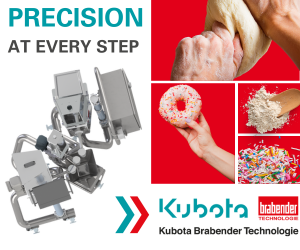KANSAS CITY, MO — For bakers today, growth often means looking beyond traditional retail shelves. Shifting purchasing habits and an increasingly competitive landscape are pushing brands to explore new ways to get their products into consumers’ hands, whether through vending machines and micro-markets, c-stores and gas stations, catering programs, or even subscription models. These channels open the door to fresh revenue streams and new audiences, but they also come with operational challenges.
With a number of things to consider — packaging formats, shelf life, logistics and brand consistency — bakers must balance opportunity with complexity. The question isn’t just where to sell, but also how to make each channel work.
C-stores are no longer just a spot to snag a bag of Cheetos while topping off the tank; they’re evolving into full-fledged gourmet pit stops. According to National Association of Convenience Stores data, in 2024 foodservice accounted for nearly 28% of in-store sales and almost 40% of gross-margin dollars at US c-stores, with prepared food driving 68% of that growth. Bakery alone generated nearly $19 billion in sales, underscoring the strong demand for grab-and-go cookies, muffins and pastries. That combination of consistent consumer traffic and appetite for packaged baked goods makes c-stores a compelling growth channel.










